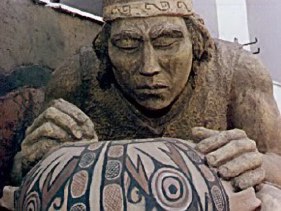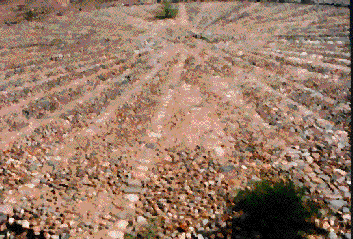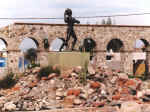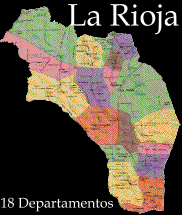| TENDENCIA | |
| JOSE PARRAMON | MIS OLEOS | Mensaje | LA RIOJA | MIA CITTA | THE RIOJA | PIACENZA | VIAJES Y PASIONES | G A U D I | LA RIOJA - IMAGEN | TALAMPAYA | M A S de La Rioja | TINKUNACO |
| THE RIOJA: |
My city
|
History of the Rioja, Argentina.
• the OLONGASTAS, located in the Level ones • the Capayanes occupied the mountainous zone included/understood between the limit with Catamarca on the Colorado river and the neighborhoods of theJachal-Zanjo'n river, in San Juan, including the Mountain range of the andes, to the west, until cords of Velasco, where they were mixed with the Diaguitas.  DIAGUITA: DIAGUITA:

In 1591, Juan Ramirez de Velasco considered these three towns in 32. 000 souls, which indicates that ésta zone was then one of més populated with the country. During the Spanish domination one took place the gradual disappearance of these native groups and recién in 1855, that is two centuries and means después of the foundation of the City of All the Saints of the New Rioja, was possible to be counted on a greater number of inhabitants, since the 1855 census threw an amount of 34. 383 inhabitants.
 |
To return to Main Pégina
15 of January 2001; update June 2002.
Copyright © 2000 JuaniRojas.
Todos los Derechos Reservados.
Lunes, 15 de Enero de 2001.






